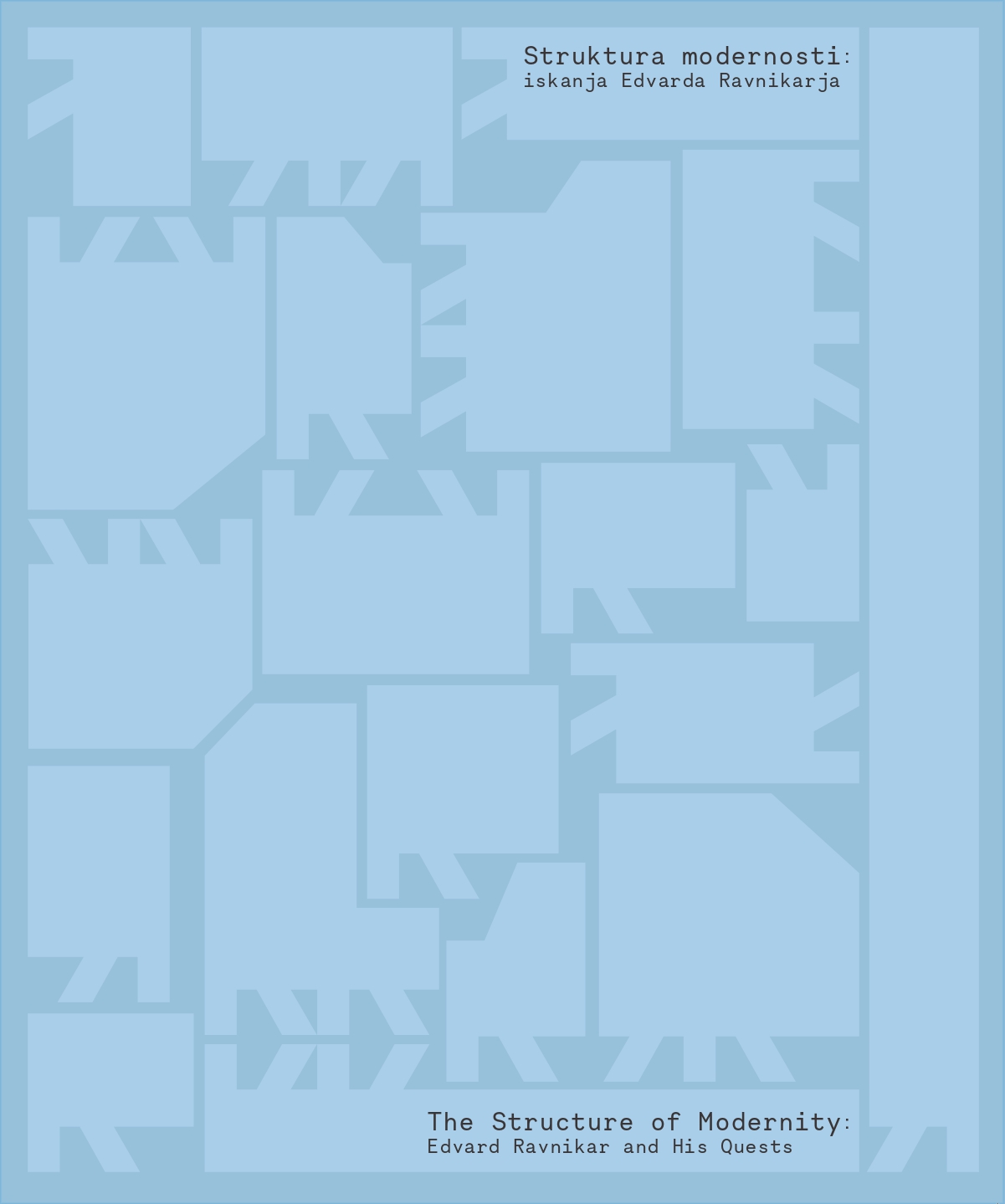Description
Publisher: Museum of Architecture and Design (MAO)
For the Museum: Maja Vardjan, director
Editor: Miloš Kosec
Executive Editor: Martina Malešič
Expert Associates: Maruša Dražil, Nika Novak
Graphic design: items
Photographs: Peter Žargi and MAO collection
Proofreading: Katja Paladin (Slovenian), Jeff Bickert (English)
Translations: Andreja Šalamon Verbič (English), Marjana Onišak (Italian)
Peer Reviewers: Nika Grabar, Barbara Predan
Printed by Collegium Graphicum, Ljubljana
Print run: 500 izvodov
Ljubljana 2025







